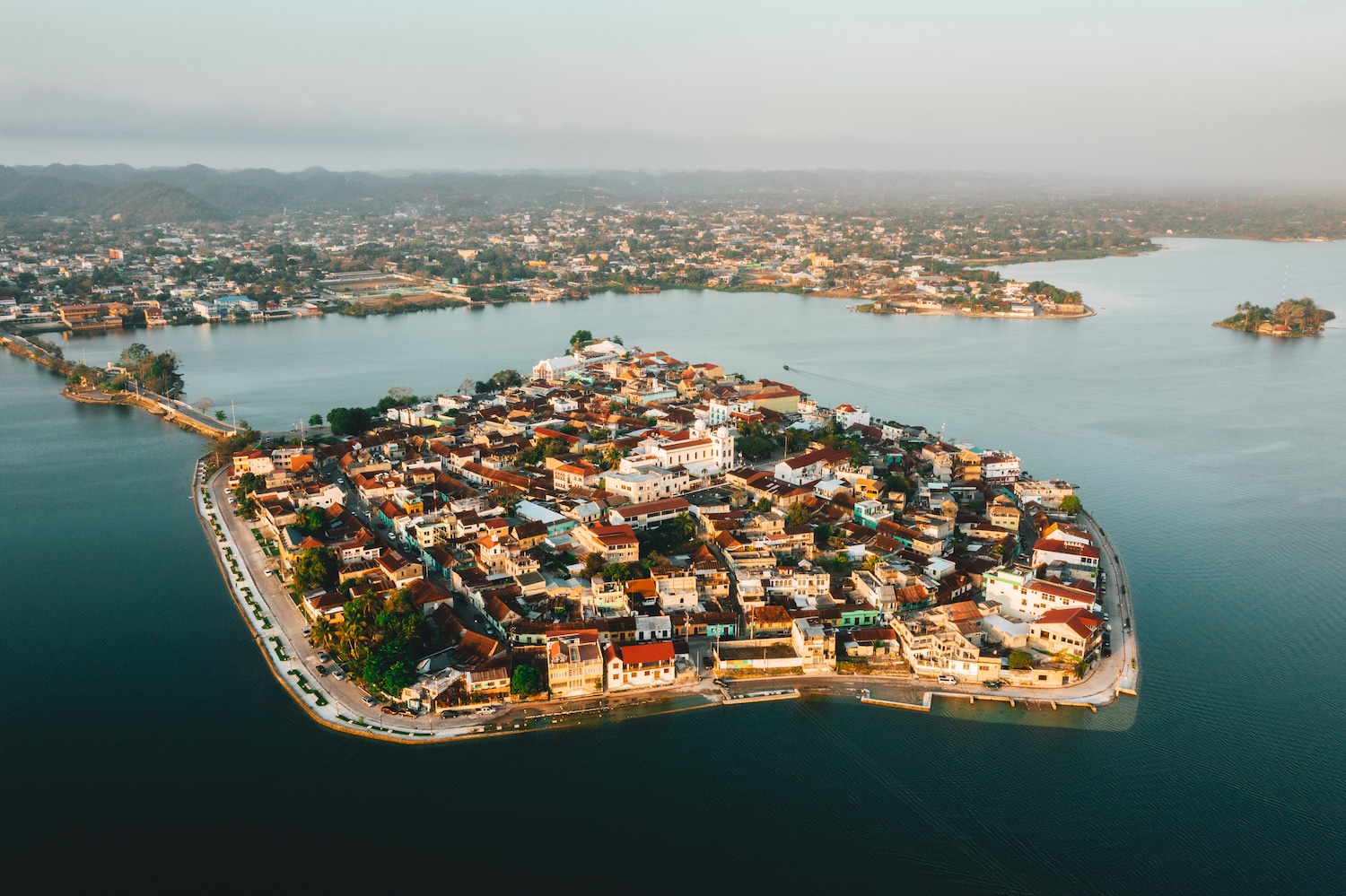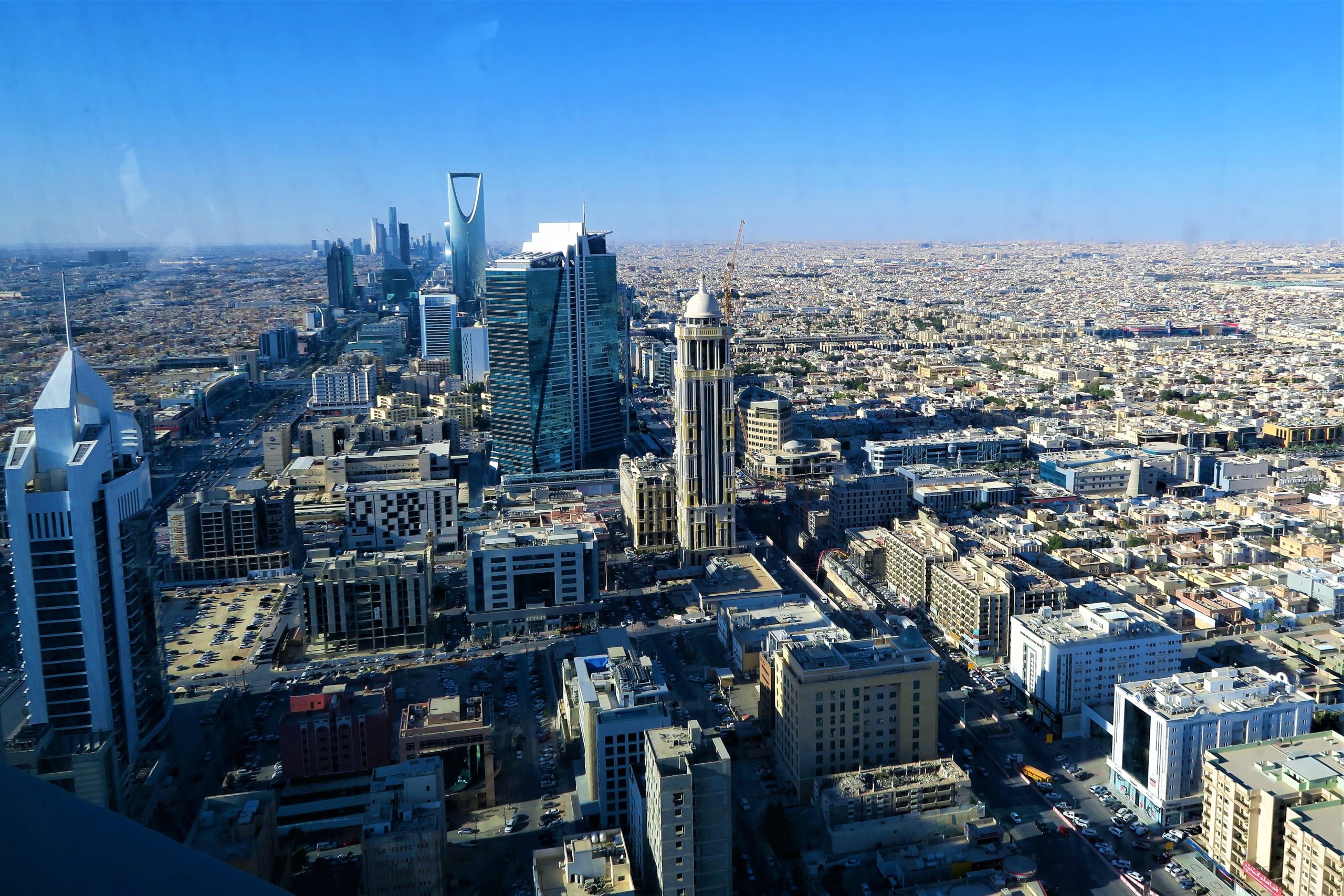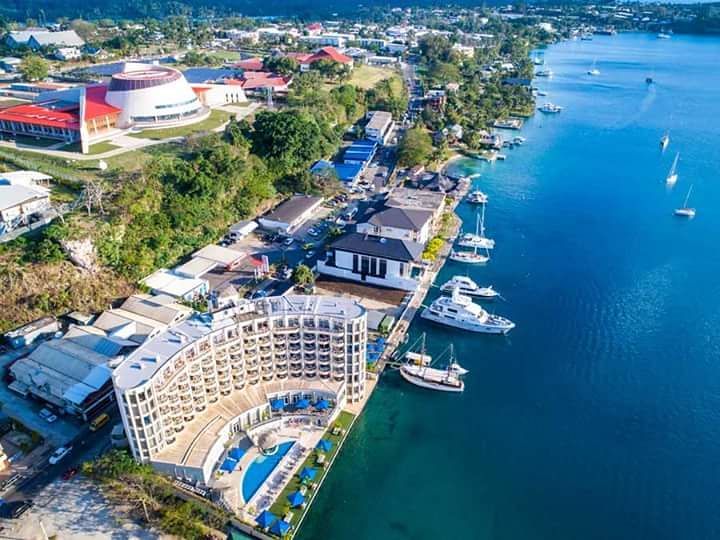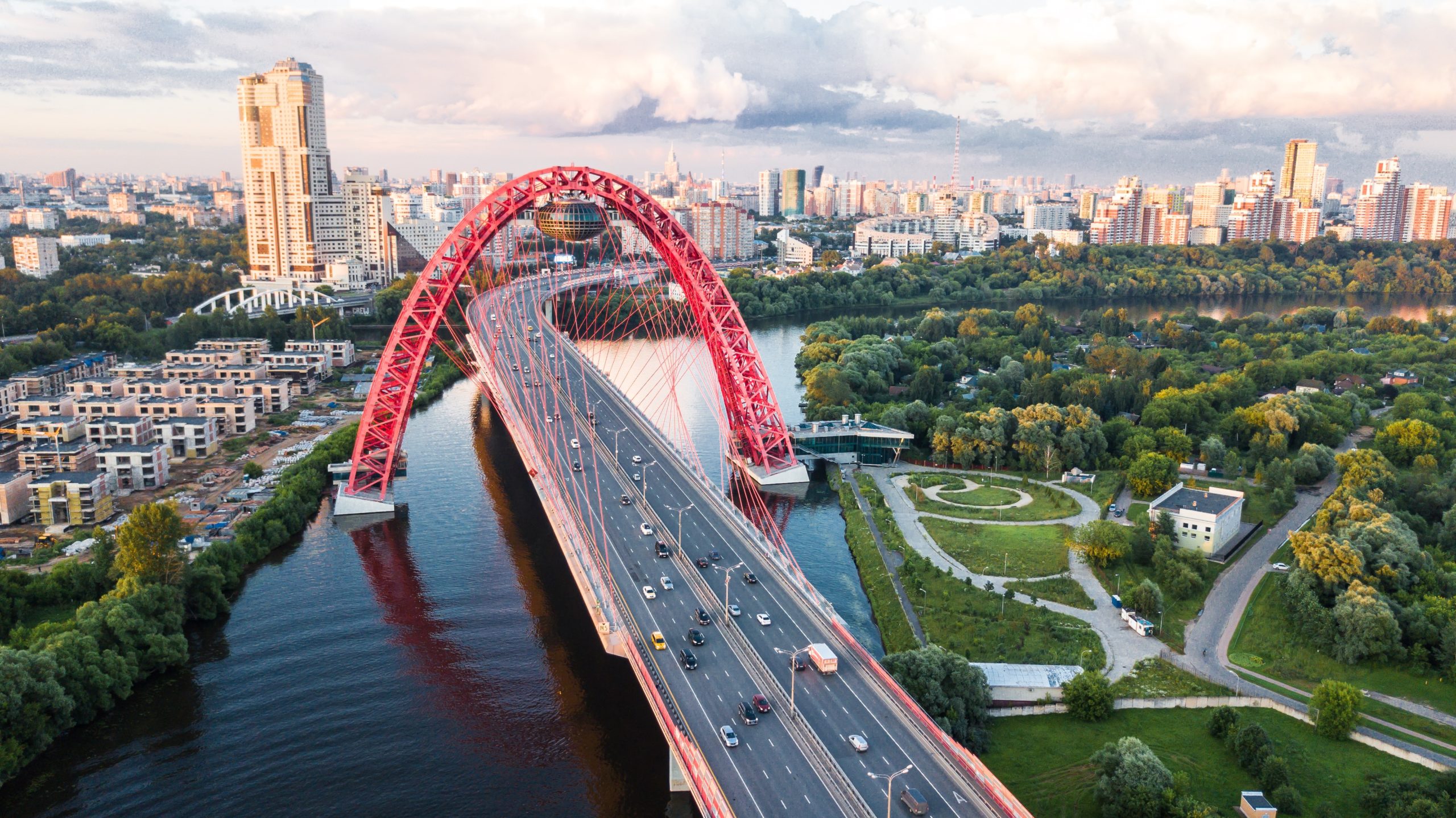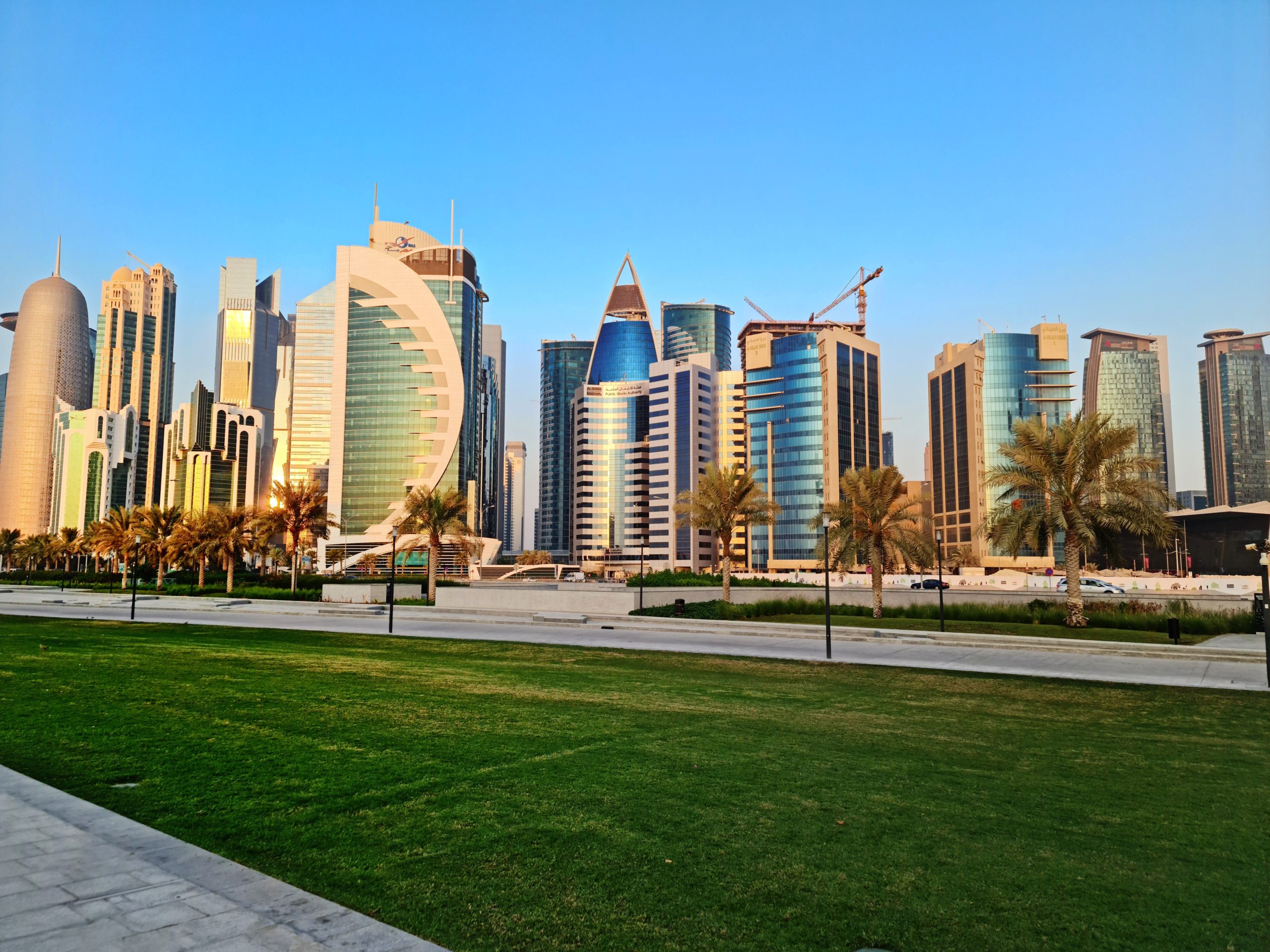Bosnia and Herzegovina also referred to simply as Bosnia, is a country on Southeast Europe’s Balkan Peninsula. It has a slender Adriatic Sea coast and is virtually entirely a landlocked nation. Serbia to the west, Montenegro to the northwest, and Croatia to the south, east, and north. Since the Neolithic era, the nation has had a rich cultural, social, and political history. The socio-economic and political orientation of the nation now is a result of all these historical periods.
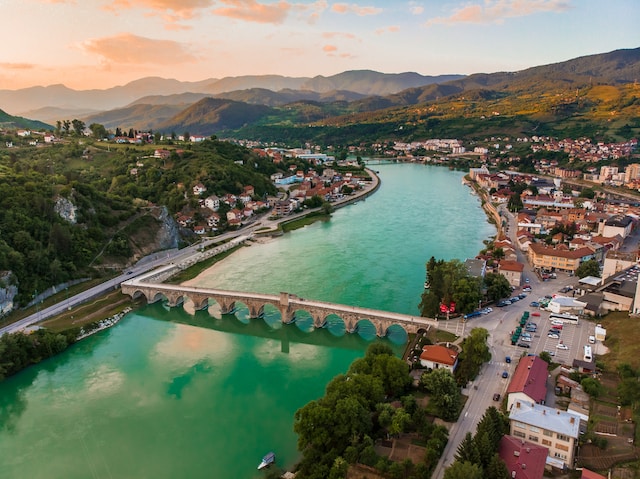
The Bosnia War, which lasted from 1992 to 1995, caused tangible losses to Bosnia’s economy of roughly US$ 260 billion. The nation normally has an upper-middle-class income and has made significant progress in recovering from the impacts of the conflict. Despite the current global financial crisis, Bosnia and Herzegovina has begun implementing new growth strategies. The nation does, however, face some economic difficulties, chief among which is the imbalance in its economic model, the tilt of governmental policies in favor of the public rather than the private sector, and the unfavorable trade imbalance. However, one of the lasting effects of the preceding era was the growth of a robust metal sector, which continues to be crucial to Bosnia’s economic development. Bosnia currently has a high level of human development, and the service sector, agriculture, and industries dominate the country’s economy. The largest industries in the nation and their economic contributions are listed below:
Mining
Bosnia possesses a lot of mineral resources, including lignite, copper, lead, bauxite, zinc, and iron ore, despite its comparatively small area. The most valuable area of the mining business is the metal processing sector, which includes both ferrous and non-ferrous metals. The largest sector of products by value is the mineral sector, which has experienced recent expansion. Aluminum, iron, zinc, and steel are the most common metals processed, whereas bauxite, lead, copper, zinc, and steel are the most common metals extracted. Lignite and coal are among the mineral fuels produced in the nation; coal is used to produce the most domestic energy. In 2014, the mining sector contributed 2% of Bosnia’s GDP, with metal mining making up 21% of the sector and coal and lignite mining 68%. Except for just two coal-power-producing enterprises, the majority of the top production companies in the mining sector are privately owned.
Metal
One of the mining sector’s subsectors is the metals industry. With competitive products for export, the metal processing industry has long been one of the nation’s strongest. Craft shops that were established to assist in the upkeep of the machinery used in coal mines gave rise to the metal industry. The nation’s abundance of natural resources, particularly metals like iron ore, lead, bauxite, zinc, and copper, has helped the sector flourish. One of the most significant industrial sectors in the entire area, the metal industry has been Bosnia’s top exporter for the past ten years. The metal industry is a strategic sector with a competitive edge and the ability to draw both domestic and international investment, according to the economic strategy established by the government.
Agriculture
Rural areas are home to about half of Bosnia and Herzegovina’s population. As a result, agriculture is the foundation of the rural economy and contributes significantly to national income. However, given the nation’s susceptibility to climate change, agriculture is a fragile economic sector. This industry contributes 7% of the GDP in 2013 and employs around 20% of all workers. Bosnia has always been a food exporter, although small-scale farming dominates the country’s agriculture. The industry is dominated by the production of cereals, with maize serving as the primary crop and making up 60% of all cereal production. Wheat, apples, fruits, vegetables, potatoes, and other agricultural goods are also important. Despite the good circumstances, agricultural output faces some obstacles, such as unfavorable weather, subpar input quality, a lack of farm investment, and subpar farming techniques. Farmers are less motivated to specialize and increase their output because of inadequate market access.
Tourism
The tourist industry is Bosnia and Herzegovina’s third-largest economic contributor after the industrial and agricultural sectors. This industry has had double-digit growth recently and is close to fully recovering from the recent conflicts. In the years from 1995 to 2000, annual growth in tourist arrivals was 24%. Bosnia is expected to see the third-highest tourism growth rate worldwide between 1995 and 2020, according to World Bank projections.

